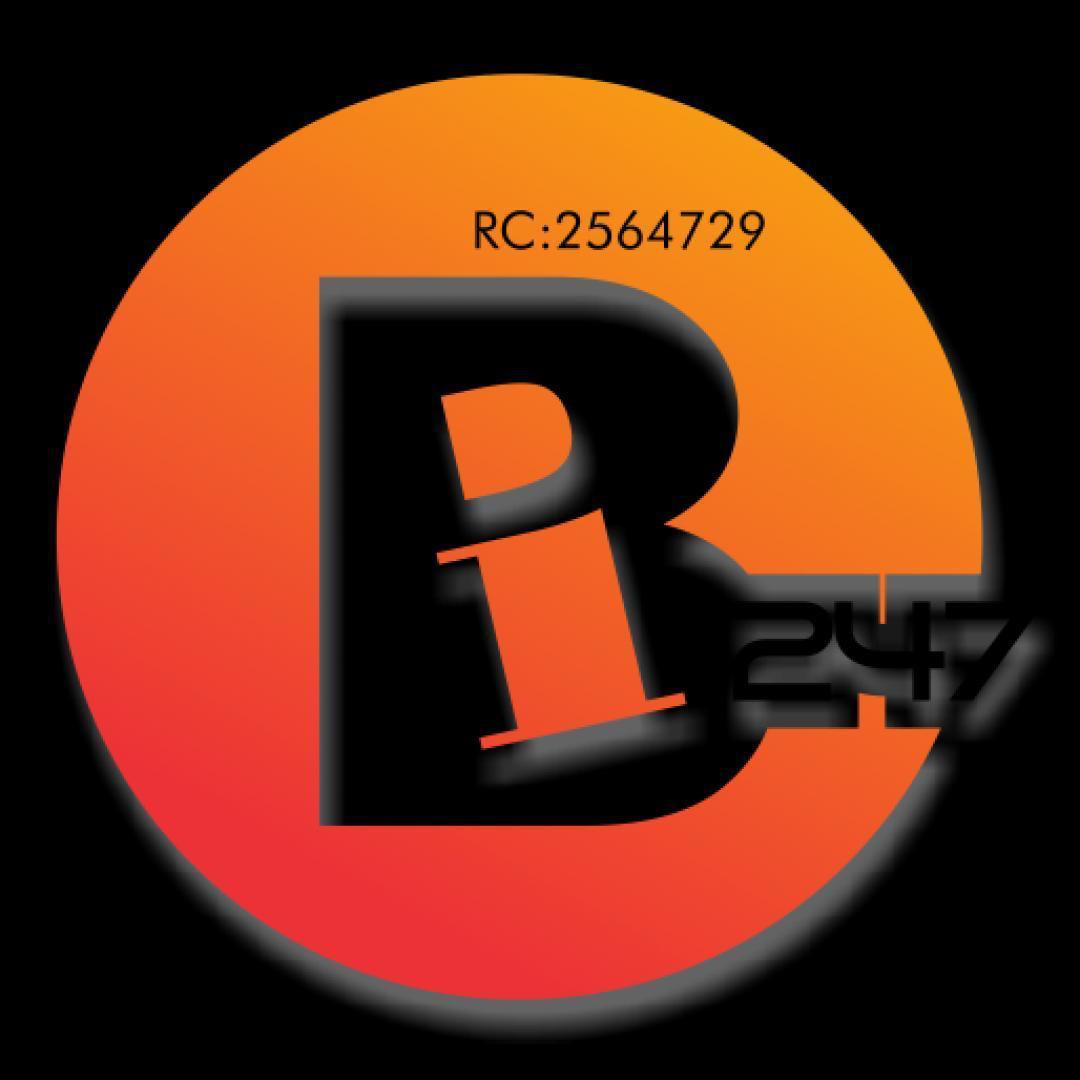BENIN REPUBLIC FLAG

The flag of Benin has been the national flag and the national flag of the Republic of Benin since 16 November 1959. It displays the three pan-African colors borrowed from the flag of Ethiopia , the African nation that had resisted European colonization the longest.
The national flag of Benin is a flag consisting of two horizontal yellow and red bands on the fly side and a green vertical band at the hoist. Adopted in 1959 to replace the French Tricolor, it was the flag of the Republic of Dahomey until 1975, when the People’s Republic of Benin was established.
HISTORY OF BENIN REPUBLIC FLAG

The territory that today forms the Republic of Benin has had different names and, for each of them, has been represented by a distinct flag.
The first flag of the territory dates back to the distant year 1180, when the Kingdom of Benin was established. At that time, the flag of the Kingdom consisted of a red rectangle with, in white, the silhouettes of two fighting men.
The second flag dates from 1889, when the territory took the name of Dahomey. The flag was also a red rectangle but with another white rectangle in it, giving the impression that it was a white flag framed in red. On it was a drawing of an elephant with a crown. This flag continued to represent the territory until 1959. A year earlier, in 1958, a referendum had granted independence to Benin within the French community.
Benin’s real independence dates back to 1960, but by the end of 1959, the country’s current flag already existed.
With a 2:3 ratio, Benin’s flag is composed of three coloured stripes (green, yellow and red), one of which is arranged vertically and the other two horizontally.
MEANING OF BENIN REPUBLIC FLAG

There are different interpretations of its meaning. According to one version, the vertical green stripe closest to the flagpole represents hope. The yellow colour of the upper horizontal band represents abundance and the remaining red band represents the courage of the ancestors.
The other version focuses more on the geographical aspects of Africa. The green stripe would then represent the palms of the region, the yellow the great plains and the red the blood shed by the ancestors on the national soil.
In both cases, these are pan-African colours associated with the most important symbols and historical elements often common to many of the continent’s nations.
However, the current flag was eclipsed for 15 years (1975-1990). During this time, the nation became the People’s Republic of Benin. It then adopted the communist ideology and a green flag with a single red star in the upper left part.
After the fall of communism, the republican flag created in 1959 and representative of the values and feelings of the African people became once again the national emblem. Despite this rebirth, the history of Benin remains a difficult story of constant struggle.
Useful Links
- Places of attraction to visit in Benin Republic
- FASTEST AND MOST EFFECTIVE WAY TO WORK IN CANADA AS A NIGERIAN
- THREE SURE WAYS TO GET AN EUROPEAN CITIZENSHIP
- ANDORRA: Visa, Education, Work Permit And Living Life
- LIST OF SOME ACCREDITED UNIVERSITIES IN COTONOU BENIN REPUBLIC
- 2020 Benin Republic Universities Application Form
- 2020 Admission Requirements and Courses for Fresher and Transfer Student to study in Republic of Benin
- Top Ten (10) astounding Universities dominated by Nigerians in Cotonou Republic of Benin 2020
- LEADPRENEUR ACADEMY Distance Learning
- How to apply for Canada Visa online









 Protected by Patchstack
Protected by Patchstack